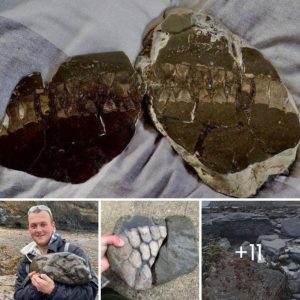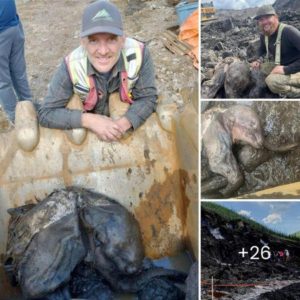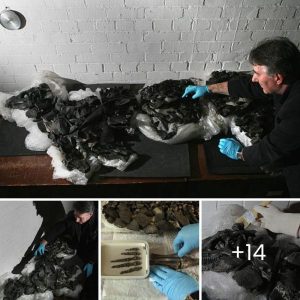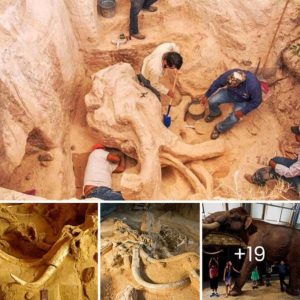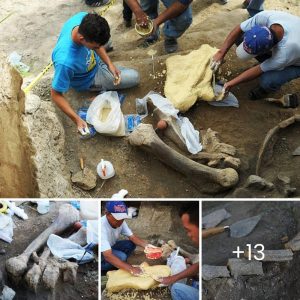In a revelation of macabre historical artifacts, art historian Paul Koudounaris, also known as ‘Indiana Bones,’ has unveiled a collection of 400-year-old jewel-encrusted skeletons from churches across Europe.
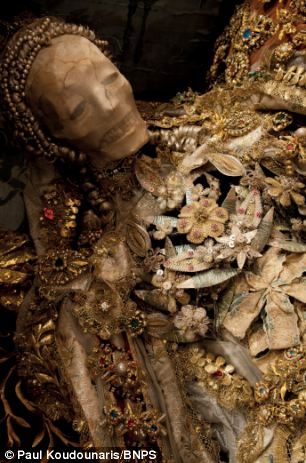
These skeletons, believed to be the remains of early Christian martyrs, were discovered in some of the most secretive religious establishments, even hidden in lock-ups and containers.
Koudounaris meticulously documented and photographed the haunting skeletons, bringing them into the limelight in a new book.
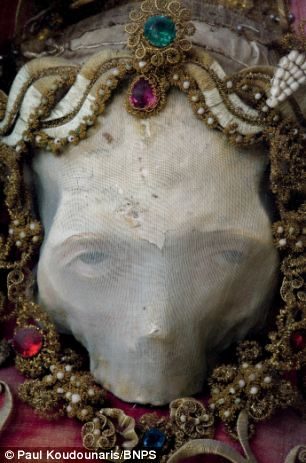
The origin of these ornate relics dates back to the 16th century when thousands of skeletons were excavated from Roman catacombs.
The Vatican ordered their distribution to towns across Germany, Austria, and Switzerland, sending them to Catholic churches and religious houses to replace relics destroyed during the Protestant Reformation in the 1500s.
The skeletons, once found in the Roman catacombs, received certificates from Vatican authorities identifying them as martyrs.
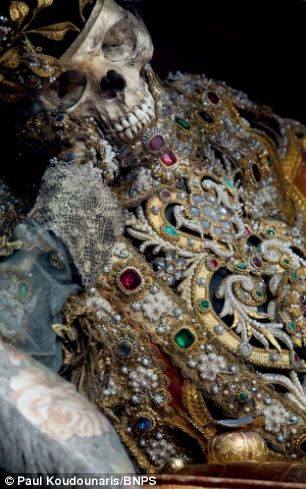
Subsequently, the bones were adorned with jewels, gold, and silver, often by nuns. These ornate skeletons were treated with great reverence, handled only by those who had taken sacred vows to the church.
Koudounaris explains the social and religious significance of these skeletons, stating that they symbolized the triumph of faith and were revered as saints in municipalities.
Their importance was not just spiritual but extended to social prestige, solidifying people’s connection with their towns.
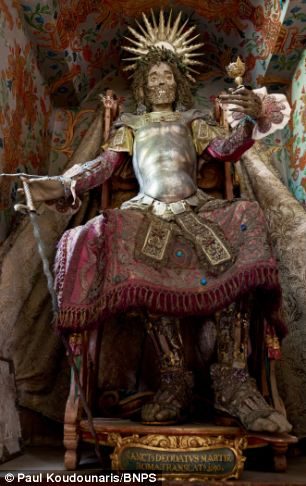
While it is challenging to assign a modern-day value to these relics, their historical and cultural significance remains undeniable, offering a unique glimpse into a forgotten chapter of Europe’s religious past.

